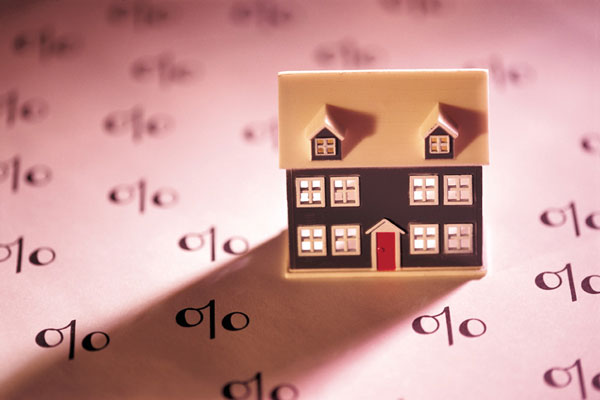Buy To Let
Landlords can make £162,000 profit per property

They may have faced increased costs and taxes over the last few years, but landlords can still make healthy profits from investing in property
The typical landlord would see an estimated net profit of over £265,500 per property over the next 25 years, through rental income and capital gains, according to Kent Reliance.
The lender said that in today’s money, that’s £162,000, or nearly £6,500 per property per year.
This is despite huge challenges faced by landlords in recent years, including the Stamp Duty surcharge, changes to income tax and tighter mortgage lending rules for landlords.
Where does the profit come from?
Capital gains comprise a significant portion of a landlord’s returns. Assuming that house prices and rents rise in real-terms by 1% per year – well below their performance over the last 20 years – over the 25 year period, this would mean an average buy to let property would grow in value to nearly £516,000, providing gross capital gains of £269,464.
A typical landlord also receives rent of £10,134 per year per property, based on current yields, and accounting for void periods, each year. Over the course of a 25 year period, a typical property would generate a total rental income of £369,495. Based on this, even if a landlord did not sell their property, making no capital gains, income alone would not only cover outgoings, it would provide a profit of over £65,500.
Costs of being a landlord
Buying, running, and eventually selling an investment property is not without its costs. Kent Reliance has worked out that total costs amount to just over £373,000 over 25 years, equivalent to 58% of the total income and capital gains a landlord would enjoy.
Tax is one of the largest costs. Over 25 years, the typical basic rate taxpayer landlord will contribute approximately £99,600 per property to the Treasury’s coffers: over £60,000 in capital gains tax, £29,000 in income tax, and nearly £10,000 in stamp duty.
For higher rate taxpayers, the burden is heavier still following the recent changes. They can expect to pay three times as much income tax as basic rate landlords – nearly £88,000.
Mortgage finance costs are the largest cost for a typical landlord, at a total of £157,000. However, as the mortgage debt does not rise each year, it represents a smaller proportion of the property’s value, and a smaller proportion of monthly income each year. Landlords will typically spend a further £72,000 in the maintenance and running costs of a property, excluding any improvements. The research also factors in an opportunity cost of over £34,000, the return an investor could have made from long-term savings instead.
John Eastgate, sales and marketing director of OneSavings Bank, said: “The buy to let market is undergoing a sea change. Regulatory and taxation changes have altered the market dynamic, reducing its attractiveness to amateur landlords, and increasing the tax bills of higher-rate investors. In spite of rising costs, there are still healthy returns to be found in property for committed investors.
“However the days of speculation are gone. It is a long-term business endeavour, requiring commitment and expertise. Investors must be prepared to undertake business and tax planning, understand the risks as well as the rewards, and, most importantly, the responsibilities they have towards their tenants.”